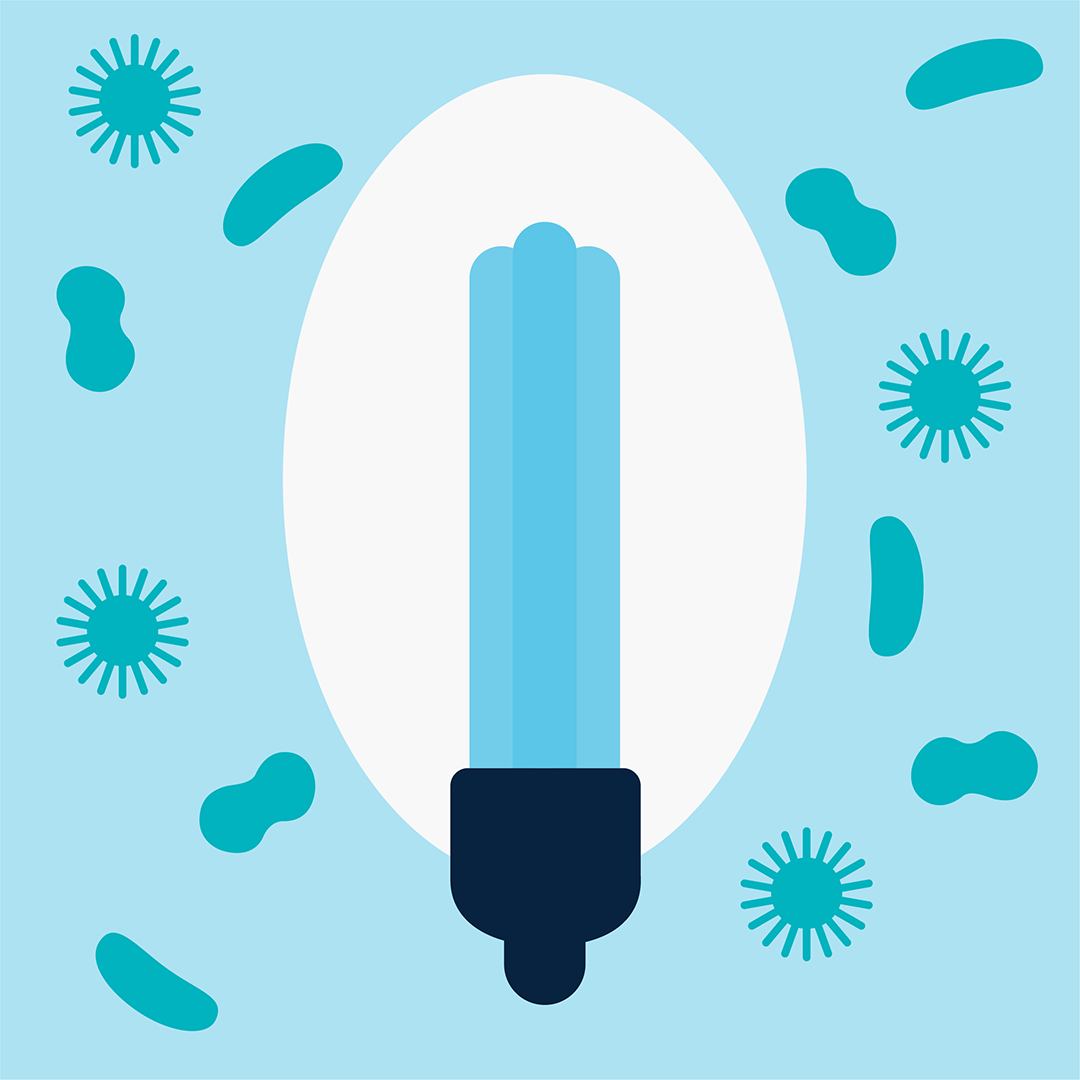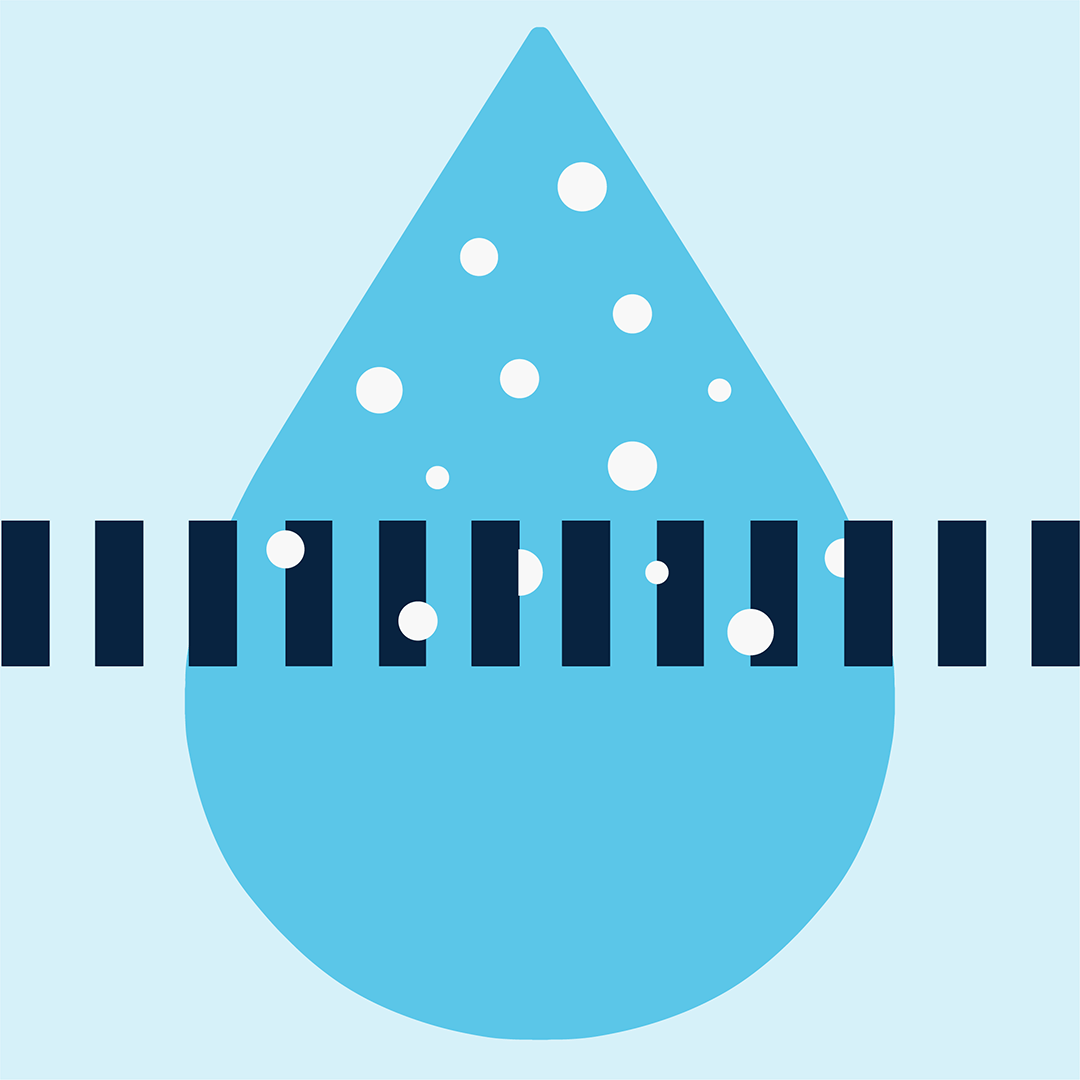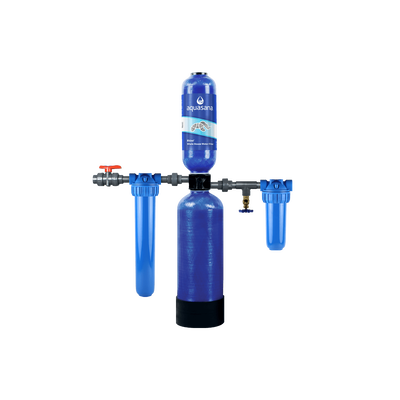Reverse Osmosis (RO)
Reverse osmosis water filters are good at effectively removing a high percentage of toxins including fluoride, hexavalent chromium, arsenic, nitrates/nitrites, copper, radium, salt, and more.
Talk about a good bang for your buck — reverse osmosis filters are incredibly popular for a very good reason. Reverse osmosis filters are top of the line for removing a large percentage of contaminants from the water, potentially including dangerous bacteria associated with waterborne diseases.
RO filters work by pushing water through the reverse osmosis membrane using pressure. The contaminants remain on one side of the film while fresh water is pushed to the other side. It's one of the few filters that can rid water of water-soluble contaminants like fluoride and chromium +6. If a home has a water softener, an RO system will also remove the salt from drinking water.
While these are becoming a popular option, reverse osmosis systems use an inordinate amount of water when going through the filtration process — sometimes up to four times the normal amount. The process is also slow, causing a decrease in water pressure. That's why whole-home reverse osmosis systems typically don't exist. Further, the level of filtration isn't necessary for day-to-day activities like flushing toilets, taking showers, and doing dishes. Learn more about the pros and cons of RO here.

UNDER SINK WATER FILTER
SmartFlow® Reverse Osmosis
High-efficiency reverse osmosis system removes up to 99.99% of 90 contaminants, including fluoride, arsenic, chlorine, and lead.
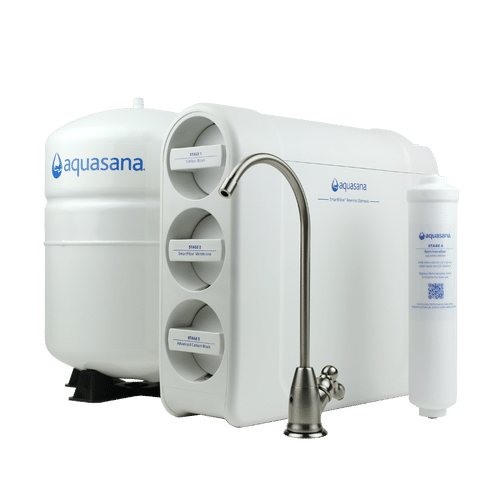
Mechanical
Mechanical water filters are good for the removal of physical particles such as sediment or dirt and waste matter.
Mechanical filters are most often used as a pre-filtration method. They work as a barrier where water flows through a mechanical filter and waste material will get stuck between nylon floss, synthetic foam, or in pads. For example, in the case of a fish tank, the filter will trap plant materials, leftover fish food, and waste without trapping beneficial bacteria that are good for fish.
You may notice that mechanical filters have micron ratings which indicates how effective they are at removing certain sizes of particles. Common ratings include:
- 5 micron: Removes most particles visible to the naked eye.
- 1 micron: Removes particles too small to see with a microscope.
- 0.5 micron: Removes cysts such as giardia and cryptosporidium.
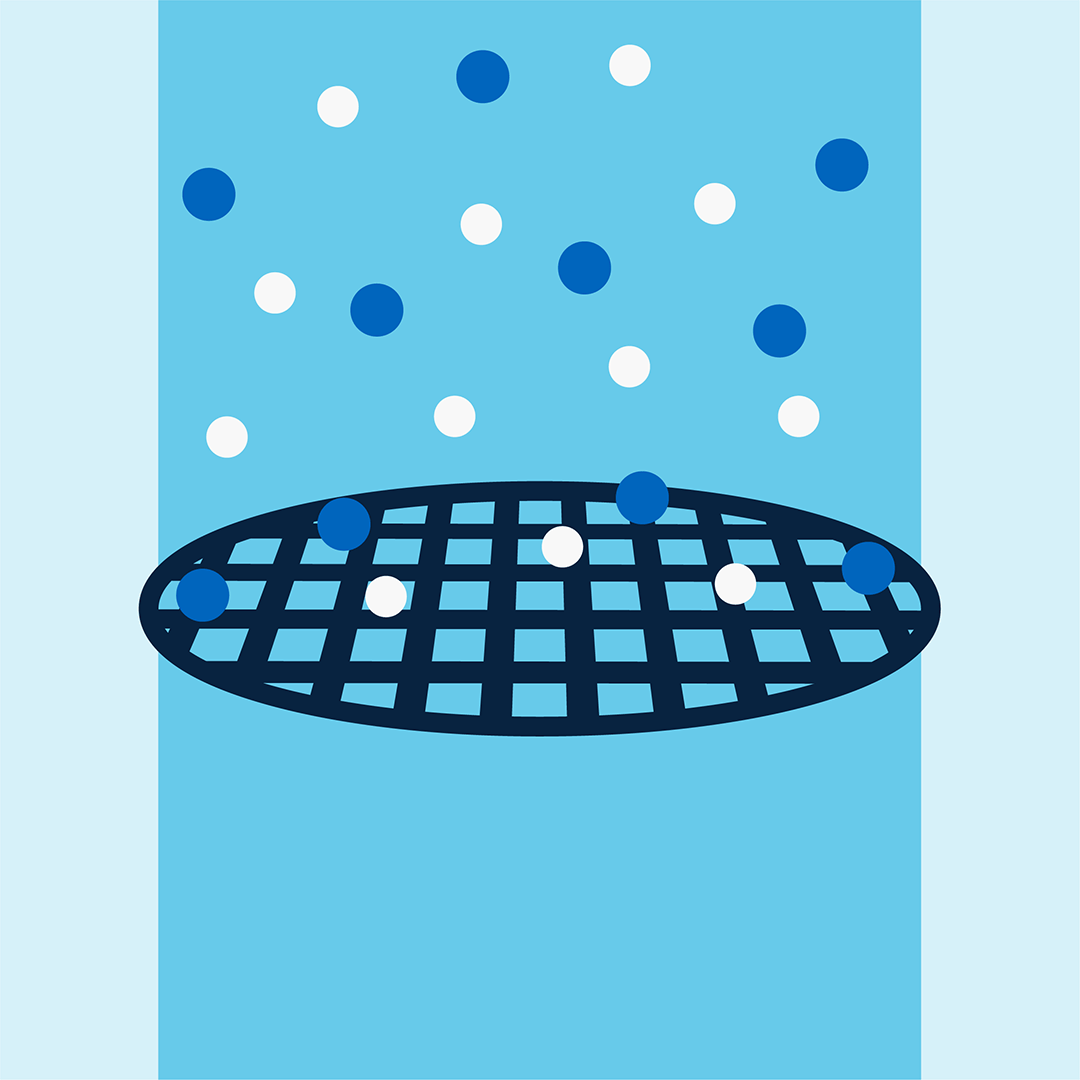
Ultraviolet
Ultraviolet water lamps are a type of home water treatment system that’s good for the removal of bacteria and viruses.
An environmentally friendly option, UV filters will sterilize water using different frequencies of ultraviolet light.
UV filters work using UV light,UV light, which essentially sterilizes all bacteria and viruses when it’s absorbed into their DNA, thus sanitizing drinking water. It’s important to note that UV filters only rid water of bacteria and viruses so it’s important to use this filter in conjunction with other types of filters to remove prevalent contaminants like chlorine, lead, and pesticides, leaving you with clean, drinkable water.
Which filter is best for drinking water?
The best type of water filtration system will depend on which contaminants are in your tap water, as each type of water filter removes different contaminants. The good thing is many water filters on the market use a combination of different filtration methods, as each filter can only remove so much on its own. For example, reverse osmosis systems often use mechanical, adsorption, and then reverse osmosis. If you’re still unsure of which type of water filter is best for your home, check out our guide on how to choose a water filter.
